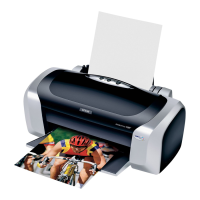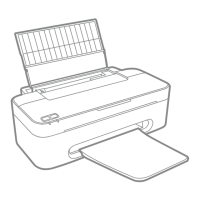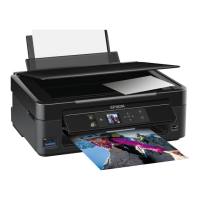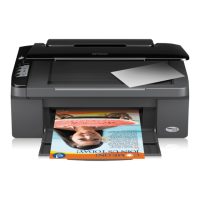Step 5: Adjusting the Data 30
Digital Photo Print Guide
Adjusting the Photo Data
Cautious adjustment
The purpose of adjustment is to correct possible issues with the data to improve the final image. If
gradations are lost in the data due to whiteout, blackout, saturation of colors and other problems, the
print will not look its best. Conversely if you adjust the data too much, noise and unevenness in color
may arise, so that the print will not turn out as you hoped. In particular, excessive color saturation should
be avoided. Although the colors may look vivid on the screen, you may not notice that you have made
them too intense, so that gradation is lost in the printed results. Also, please note that there is only so
much adjustment that can be done without incurring a loss in image quality and data.
Adjust the data after saving it in a format other than JPEG such as TIFF or Photoshop PSD. With JPEG,
the image deteriorates each time you adjust and save it.
Monochrome photos
There are various methods of making a color photo into a monochrome photo.
You can also use the color photo directly without adjusting it, or you can print a monochrome photo
making fine adjustments to the level in the Epson printer driver.
See “Printing Monochrome Photos” on page 54.
Eliminate color saturation
If you eliminate color saturation by setting the value for saturation to -100 in the hue/saturation
adjustment, you can turn a color photo into a monochrome photo. This is a good method when the source
data is JPEG.
JPEG files have 8 bits (256) of level in each of the RGB channels. In other words, one photo is represented
by 24 bits (16,770,000 levels). This method simply uses these levels as monochrome.

